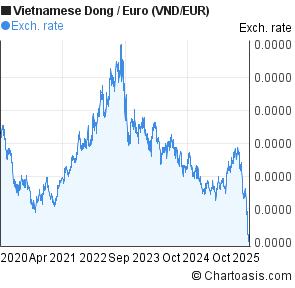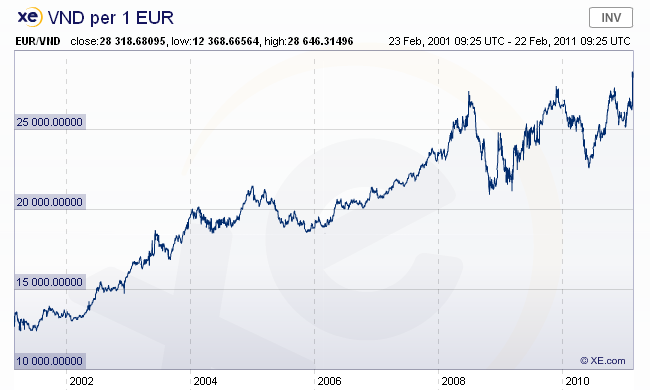
As a result, a substantial balance of payments deficit (8¾ percent of GDP) was recorded, despite the current account deficit (excluding gold exports and imports) remaining stable relative to 2008 with resilient inflows of remittances and FDI disbursements, and an increase in ODA disbursements. dollar assets and/or gold, which accounts for unusually large errors and omissions (about 13 percent of GDP). 1 Expecting a severe loss in international reserves, and consequently dong devaluations, domestic residents dramatically shifted from dong assets into U.S.

Credit growth accelerated to 40 percent (y/y) toward end-2009 (up from 25 percent in 2008), resulting in a deterioration of the trade deficit. The economic stimulus, however, resulted in elevated macroeconomic risks. Sources: Data provided by the Vietnamese authorities and IMF staff estimates and projections.ģ. GDP (in trillions of dong at current market prices) Real effective exchange rate (end of period) 8/ Nominal effective exchange rate (end of period) 8/ Total public and publicly-guaranteed debt (in percent of GDP)ĭong per U.S. (In months of next years imports of GNFS)Įxternal debt (in percent of GDP, using interbank exchange rate) 6/Įxternal debt (in percent of GDP, using official exchange rate) 6/ dollar terms) 5/įoreign exchange reserves (in billions of U.S. Nominal short-term lending rate (less than one year)Ĭurrent account balance (including official transfers)Įxports f.o.b. Nominal three-month deposit rate (households) Interest rates (in percent, end of period) Money and credit (annual percentage change, end of period)

Saving and investment (in percent of GDP)Ĭonsumer price inflation (annual percentage change) Vietnam: Selected Economic Indicators, 2006-11 1/ Nominal GDP (2009): US$93.2 billion


 0 kommentar(er)
0 kommentar(er)
